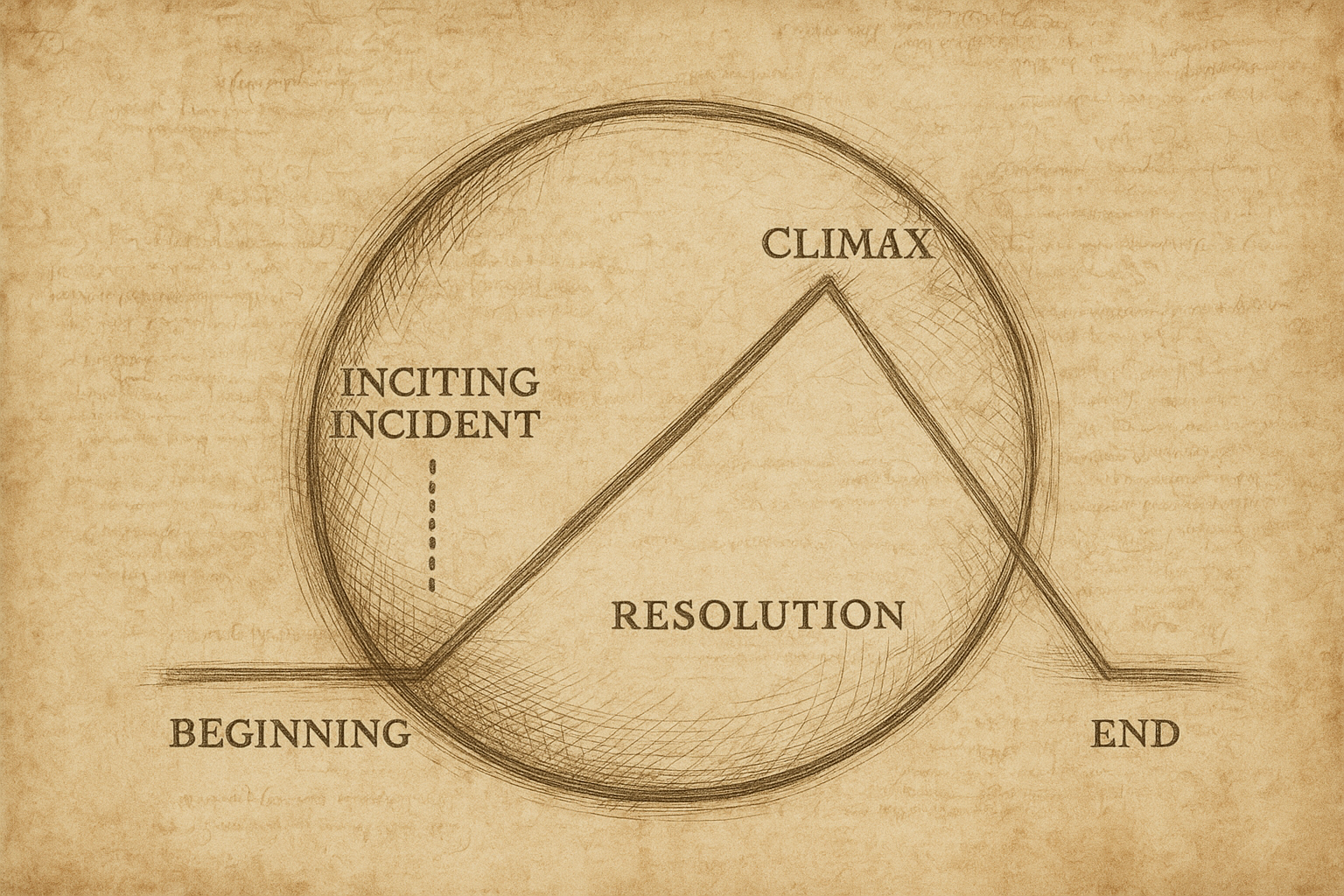
12 May What Is a One-Act Play and Why Do They Matter?
At the heart of the Between Words Festival is a simple but powerful idea: tell a complete story in a single act. So what exactly is a one-act play, and why are so many emerging theatre-makers drawn to them?
A one-act play is exactly what it sounds like. It’s a play that runs without an intermission, usually lasting anywhere from 10 to 45 minutes. Unlike full-length productions, one-acts get right to the point. There’s no time for filler. Every line, moment, and silence has to count.
That urgency is a big part of what makes this form exciting for artists and audiences alike. One-acts tend to be bold and emotionally direct, often diving into ideas or moments that feel immediate and intimate. With less time to fill, there’s more freedom to take risks, so artists have space to experiment with structure, pushing boundaries, or trying something completely new.
At the Between Words Festival, we see the one-act as an ideal format for emerging artists. It’s manageable in scale but limitless in potential. It gives playwrights a chance to sharpen their storytelling, while directors and performers can explore without the pressure of a two-hour show. And for audiences, it’s a chance to experience a wide variety of stories and styles in one night.
Whether you’re watching a 10-minute comedy about ghosts in the school cafeteria or a 30-minute meditation on grief and memory, one-acts remind us that big ideas don’t need long runtimes. They just need a stage, a few collaborators, and an audience up for the ride.
